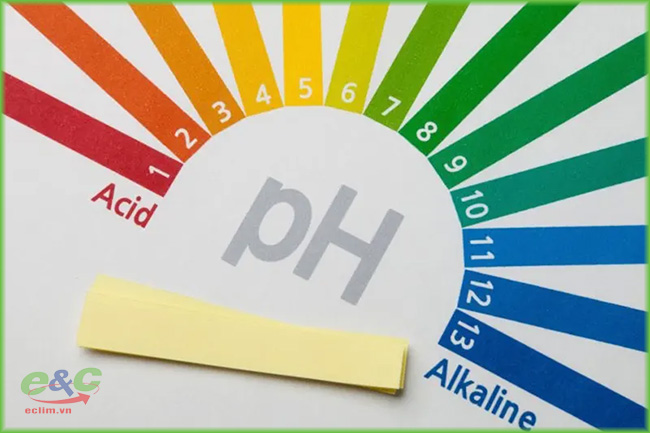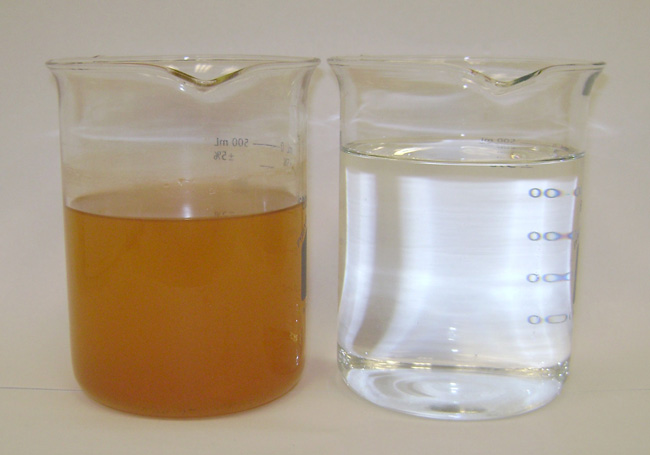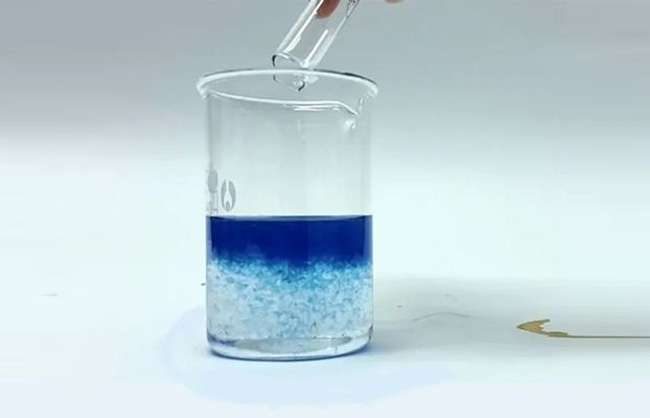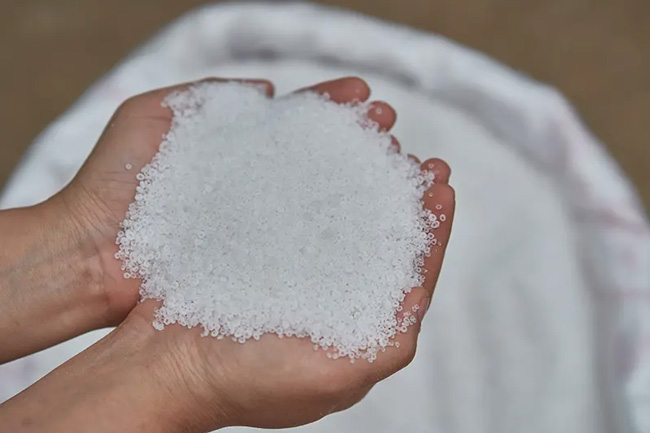What is CaCl2?
CaCl2 is the chemical formula of calcium chloride. This is a colorless, water-soluble chemical compound that comes in granular or powder form. CaCl2 is commonly used in a variety of applications such as as an antifreeze, a desiccant, in surface hardening processes, as a raw material in the production of other salts, and in medicine.

CaCl2 in wastewater treatment
Adjust pH
In wastewater treatment, pH adjustment is an important step to ensure the effectiveness of the treatment process. For CaCl2, pH adjustment can be done by adding acid or base to a solution containing CaCl2.
If the pH of the CaCl2 solution is too high and the pH needs to be reduced:
Add an acid such as sulfuric acid (H2SO4), hydrochloric acid (HCl), or acetic acid (CH3COOH). Acid will interact with hydroxide ion (OH-) in solution to form water and reduce pH.
If the pH of the CaCl2 solution is too low and the pH needs to be increased:
Add a base such as sodium hydroxide (NaOH), potassium hydroxide (KOH), or ammonium hydroxide (NH4OH). Base will interact with hydrogen ion (H+) in solution to form water and increase pH.
The pH adjustment process needs to be done carefully to avoid creating by-products that could affect the wastewater treatment process or the environment. At the same time, pH control also needs to comply with local environmental regulations and standards.

Coagulation of pollutants
In the wastewater treatment process, flocculation of pollutants (flocculation) is an important step that helps remove particles or solids in the solution, forming residues for easy removal. When using CaCl2 in wastewater treatment, flocculants can be used to combine with CaCl2 and help create residues that are easy to locate and remove.
There are several common flocculants used in wastewater treatment, including:
- Polyacrylamide (PAM): This is a common organic flocculant used in many wastewater treatment applications.
- PolyDADMAC (poly diallyl dimethyl ammonium chloride): This is a cationic flocculant that is effective in creating residues in wastewater.
- Alum (Aluminium sulfate): Alum is often used as a flocculant to help create sediment in wastewater.
When combined with CaCl2, these flocculants can form precipitates or residues from dissolved substances in the wastewater. These residues can then be filtered or precipitated out of solution to purify the wastewater.
The selection of a specific flocculant and adjustment of the flocculation process depends on the specific properties of the wastewater being treated and the technical requirements of the wastewater treatment system.

Precipitation
During wastewater treatment, when using CaCl2 (calcium chloride), it can create precipitates when interacting with ions in wastewater. One of the common uses of CaCl2 in wastewater treatment is to precipitate potential contaminants.
Specifically, in the wastewater treatment process, CaCl2 is often used to create precipitates with phosphate ions (PO4^3-) in wastewater. Phosphate is one of the common contaminants in wastewater, especially from industrial waste sources or waste from agricultural activities.
When CaCl2 is added to wastewater containing phosphate, calcium ions (Ca^2+) from CaCl2 will interact with phosphate ions to produce calcium phosphate (Ca3(PO4)2) precipitate. This precipitate will aggregate into large solid particles, which are easily removed by methods such as filtration or precipitation.
This process helps remove phosphate from wastewater, minimizing its negative impact on the aquatic environment and assisting in cleaning wastewater before it is released into the natural environment.

CaCl2 is a transition substance?
Actually, in wastewater treatment, calcium chloride (CaCl2) is not an official transition agent, but it is often used as an aid in wastewater treatment processes.
CaCl2 is often used for the following purposes:
- Providing calcium ions (Ca^2+): In some wastewater treatment processes, calcium ions can help precipitate substances in wastewater, such as phosphates or other potential contaminants. This can help remove pollutants from wastewater.
- pH adjustment: CaCl2 can be used as a means of pH adjustment during wastewater treatment. This is especially useful in stabilizing or adjusting the pH of wastewater to suit other treatment processes.
- Other applications: In addition, CaCl2 can also be used in a number of other applications such as desiccant and anti-freeze.
In summary, although CaCl2 is not a fundamental transition agent in wastewater treatment, it can play an important role in supporting and improving the performance of various treatment processes.

Anti-scaling
In fact, calcium chloride (CaCl2) is not a major anti-scaling agent in wastewater treatment. In some cases, the use of CaCl2 can promote the formation of residue, especially when combined with other substances in the treatment medium.
During wastewater treatment, preventing or minimizing the formation of residue is an important objective to ensure the performance and continuous operation of equipment and systems. Anti-scaling agents are commonly used to prevent aggregation and accumulation of substances in wastewater.
Some common antifouling agents in wastewater treatment include high-quality polymers, such as polyacrylamide (PAM) polymers, polyDADMAC polymers, or other chemicals such as antiscalants.
Therefore, when performing wastewater treatment, if the goal is to prevent the formation of scale, anti-scaling agents such as high quality polymers are often preferred over CaCl2.


